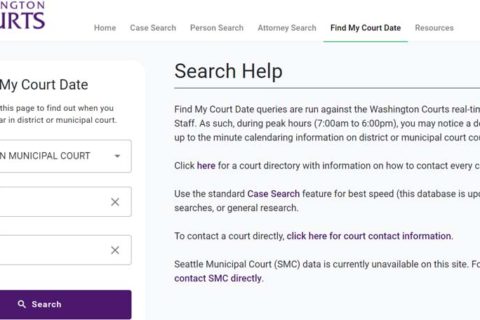“Federal sentencing guidelines established in 1991 sought to” is one of the questions included in the Ans t pts 1 ref 263 nat aacsb ethics ethical. The name of the course is ADMS 3660. This course is available to be found on Course Hero. This course from York University was uploaded by seen-around-you.
The ADMS 3660 course consists of a total of 14 pages and a lot of questions. One of them is called “Federal sentencing guidelines established in 1991 sought to”. This question is able to be found on the third page. It is the first number of the multiple choice section. As it is included in the multiple choice section, it means there are some options as the answers. These answer options include:
a. provide lighter sentences for white collar crimes.
b. deter corporate crime by creating incentives for corporations to report and accept responsibility for unlawful behavior.
c. make corporate crime punishable by revocation of the company’s charter.
d. mandate prison crime punishable for corporate officers convicted of fraud and other types corporate crimes.
What do you think the correct answer to the question that says “Federal sentencing guidelines established in 1991 sought to”? Is it a, b, c, or d? If you have no idea, the correct answer is b, which is deter corporate crime by creating incentives for corporations to report and accept responsibility for unlawful behavior. Did you guess it right?
Aside from the “Federal sentencing guidelines established in 1991 sought to” question, the multiple choice option of the ADMS 3660 course also has some other questions. Some of these questions include:
- The ethical scandal involving Texaco in the late 1990s revolved around
- The LRN Ethics Study Survey of working adults published in 2007 findings showed all the following except:
- Statistical analysis of the extent of corporate misconduct
- There is no doubt that the media are
a. ignoring ethical violations in their own industry.
b. reporting ethical problems more frequently and fervently.
c. defending the right of business to be conducted amorally.
d. reporting breaches of ethics in politics more than they are reporting business ethics violations.
6. Public opinion polls regarding business ethics are
Not only the multiple choice questions, there are also some questions that only require a true or false answer. Some of these questions include:
- Public interest in business ethics has heightened over each of the past three decades.
The right answer to this question is true.
- The majority of Americans think that morality is about the same as it was fifty years ago.
The right answer to this question is false.
- The ethics scandal that has come to define modern business ethics is the WorldCam debacle.
The right answer to this question is false.
- Only about half of American adults say that they are worried about morality in the United States.
The right answer to this question is false.
- Lying is one of the types of misconduct most observed by workers.
The right answer to this question is true.
- The public’s view of business ethics has always been very high until the recent scandals.
The right answer to this question is false.
- Descriptive ethics is concerned with studying and describing the morality of a particular group of people.
The right answer to this question is true.
- Normative ethics depends on whether “everyone is doing it” to justify moral decisions and actions.
The right answer to this question is false.
- The major questions related to the conventional approach to business ethics are “Whose norms do we use?” and “What norms are prevailing?”
The right answer to this question is true.
- Amoral management relies primarily on a compliance strategy that focuses on obedience to the law.
- In Kohlberg’s preconventional level of moral development, the individual’s primary concern is for others.
- The postconventional level of moral development is the most common level for adults over 50 years of age.
Unfortunately, the other questions are private by Course Hero. If you want to access the full document, you will have to become a member of Course Hero. If you want to become a member of Course Hero to be able to access the content above, here is step by step to follow:
- When you are on the page with the content that includes the questions that says “Federal sentencing guidelines established in 1991 sought to” at here, click on the pink Continue to access button that is located at the top center of the page or Get answer to your question and much more button that is located below. By clicking on one of them, you will be taken to a new page.
- On the new pop up page that says “Create an account to get access”, choose between I am a Student and I am an Educator option.
- If you choose the I am a Student option, you will have to enter your email address and the password. Besides, you will also have to confirm that you are not a robot. If you choose the second option, which is I am an Educator option, the things that you have to enter include your first name, your last name, the school where you teach, school issued email, and password. do not forget to also confirm that you are not a robot.
- After entering everything, press the Sign up or Create my account button.
It is not done yet. After going through such a process, you will also have to choose the plan. The annual one costs $119.40, the quarterly one costs $44.85, and the monthly one costs $19.95. Feel free to choose any plan that you want depending on your pocket and on your needs. After making a payment, you can log in to your Course Hero account and start accessing the content that you want. If you think no one of these plants is affordable, you are suggested to look for those who want to share an account.

A bookworm and researcher especially related to law and citizenship education. I spend time every day in front of the internet and the campus library.





